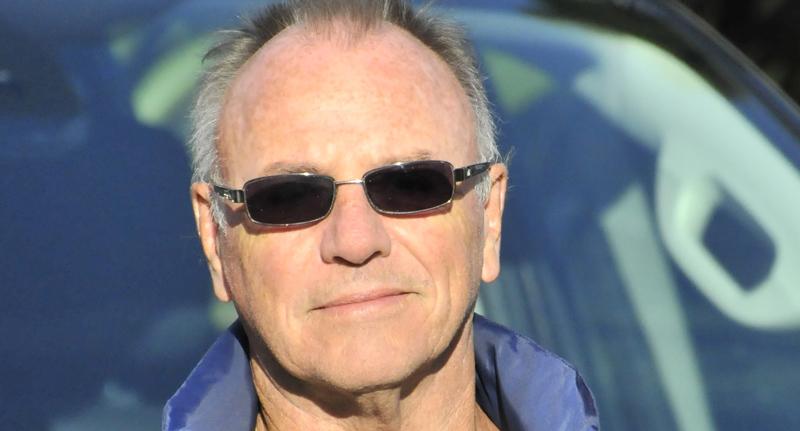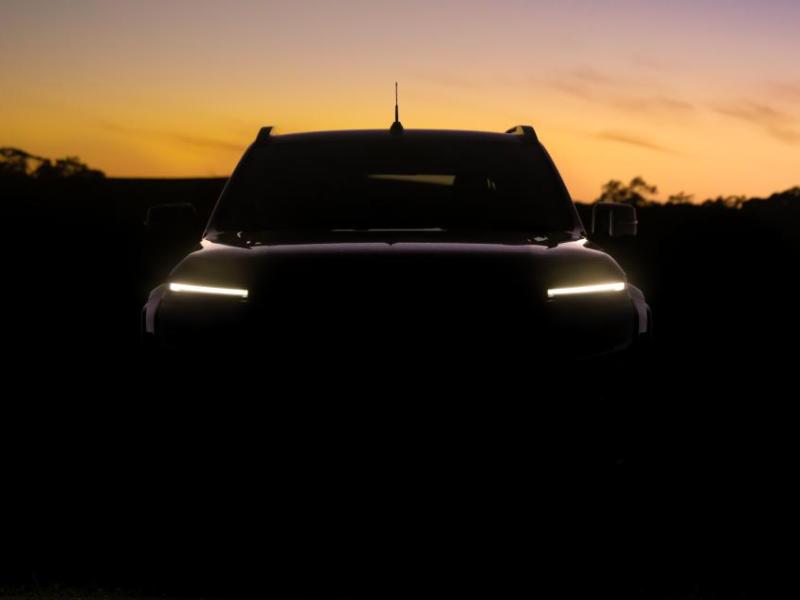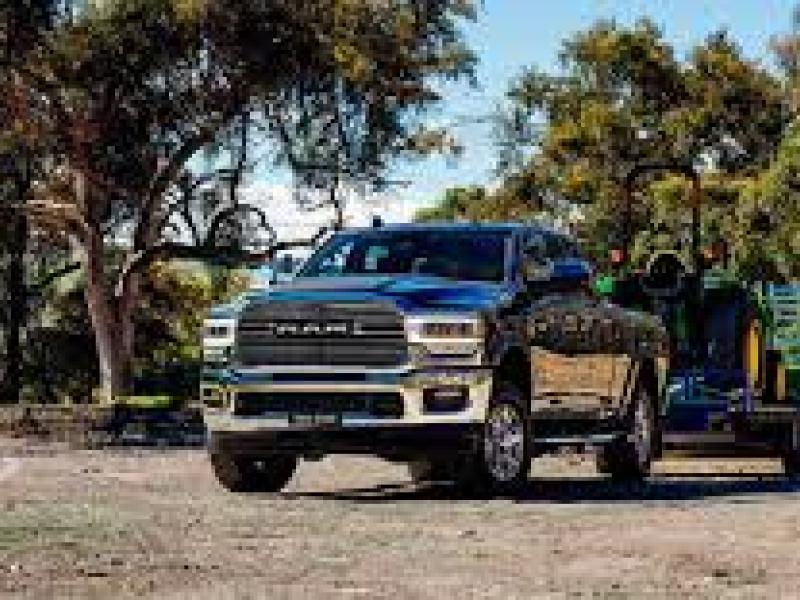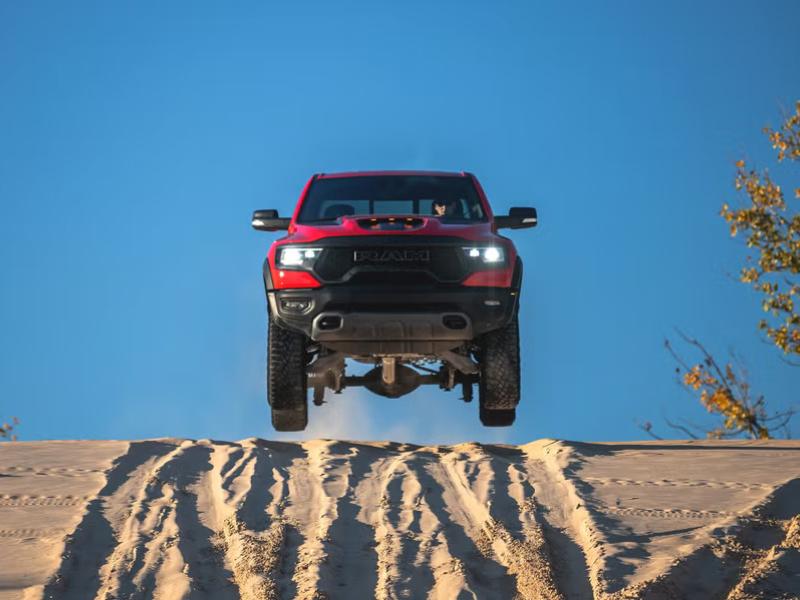To charge – or supercharge?
Something old, something new – no, this is not a wedding, but it’s good to be back at the helm of NZ4WD after a break of three and a half years or so, albeit helping out on a “one-off” basis while regular editor Ross MacKay gets to grips with our latest NZSUV magazine.
I’m happy in many respects, not least of which is seeing that Ross has continued with the theme I had established during my eight years editing the magazine, i.e. writing about 4WD people doing 4WD things in New Zealand, or Kiwis doing extraordinary 4WD things overseas.
I’m also pleased to see the old mates I worked with are still around and kicking, as well as enjoying reading stories from new contributors.
For those of you who might wonder where I’ve been, well I moved out to the Coromandel, where I edit another of Adrenalin Publishing’s magazines, Motor Equipment News – when I’m not fishing, of course!
During the course of that work I’m kept in touch with the cutting edge of automotive technology, and especially the ongoing moves to “electrify” New Zealand’s roads.
For 4WDers this presents something of an enigma, for the fact is that four wheeling incurs lots of encounters with water, in the form of streams and river crossings, as well as in semi-liquid form in mud!
And we all know that water and electricity don’t mix very well. That said, I read recently that a Nissan Leaf had taken part in some sort of off-roady type race, although there was no mention of water encounters, or for that matter how many recharges it took to get to the end, or how long it took!
Yes, batteries are getting better, and will continue to become smaller and able to carry more charge between recharges, but the thought of going to the High Country in a pure electric vehicle is not one I relish.
Apart from the electricity/water thing, and recharging, there’s another issue, as highlighted by Murray Taylor’s article on overloading on P20, and that’s the weight of an electric 4x4, which may well preclude long trips just because you can’t carry much!
That said, it’s relatively easy to design four-wheel-drive into an electric vehicle, and there’s the added benefit that they give maximum torque at the lowest of revs, while the batteries can be placed low down to get give good grip and weight distribution.
However, there may be a ray of sunshine for those of us who still prefer the internal combustion engine, for Bosch sent me a story about work the company has been doing (with really serious partners) on a new synthetic liquid fuel which will power existing internal combustion engines – petrol, diesel, or LPG.
All very well, you might say, but what about carbon dioxide emissions, which the scientists are saying is causing climate changes?
Well, the good news is that during the manufacture of this new fuel vast amounts of carbon dioxide are converted into hydro carbons, literally “sucking” CO2 out of the atmosphere – possibly enough to clean up the planet! At the same time, it doesn’t need a new infrastructure to deliver the fuel – filling stations are already there, all over the globe, and sometimes in even the most remote places. You can read more on page 13.
The way I see it, electric vehicles are great for around towns and cities, and will adapt better to autonomous driving than ICE vehicles, but the latter are better for long distances, where refuelling is quick and easy, and filling stations extremely widespread. And this is especially the case for off-road situations, as well as first responders and other emergency vehicles.
Just remember, too, that a large portion of the world doesn’t have electricity to light homes, let alone recharge electric vehicles, so they will still need a ready-access fuel. Even in New Zealand the average age of the nation’s fleet is 14.3 years, with the average age of trucks and buses more than 17 years. They’re not going to be replaced by magic, and there’s not enough in the budget to pay subsidies at the level required.






